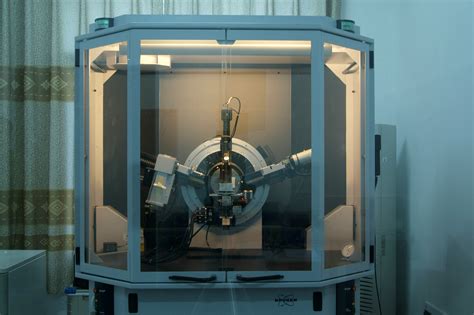家具店有辐射吗
Title: Understanding the Use of XRays in Furniture Stores
Xrays are commonly associated with medical imaging, but they also have essential applications in other industries, including furniture retail. Furniture storeowners often use xrays to inspect the quality and integrity of their products. Let's explore how xrays are used in furniture stores and the benefits they offer.
1. Quality Control:

Xrays are employed to assess the inner structure of furniture pieces, such as sofas, chairs, and tables. By passing xrays through the furniture, storeowners can identify any hidden defects, such as weak joints, missing hardware, or internal damage. This allows them to ensure that the furniture meets quality standards before it reaches the customer.
2. Material Analysis:
Xrays can reveal the materials used in furniture construction, including the type and quality of wood, presence of metal reinforcements, or the composition of upholstery padding. This analysis helps in verifying if the materials used align with the specifications provided by the suppliers.
3. Customization and Repair:
For customized furniture or antique restoration, xrays aid in understanding the construction techniques, identifying previous repairs, or assessing the condition of internal structures without causing any damage to the pieces.
4. Security and AntiTheft Measures:
Some furniture stores utilize xray technology to inspect items for hidden compartments, contraband, or other security risks, particularly for highvalue or antique furniture pieces.
5. Customer Assurance:
Transparent use of xrays in the quality control process can also serve as a customer assurance measure, demonstrating the store's commitment to delivering reliable and wellconstructed products.
Safety and Regulations:
It's crucial for furniture stores to adhere to safety regulations and guidelines when using xray equipment. This includes ensuring the safety of employees who operate the machinery and implementing measures to prevent unnecessary exposure to xrays for both staff and customers.
Conclusion:
Incorporating xray technology into furniture retail operations can significantly enhance quality control, ensure customer satisfaction, and contribute to maintaining high industry standards. However, it's vital for furniture storeowners to prioritize safety, compliance with regulations, and ethical use of xrays to derive the maximum benefit from this technology.
By understanding the applications of xrays in furniture stores, storeowners can utilize this powerful tool to elevate their product quality, reinforce customer trust, and maintain a competitive edge in the market.





